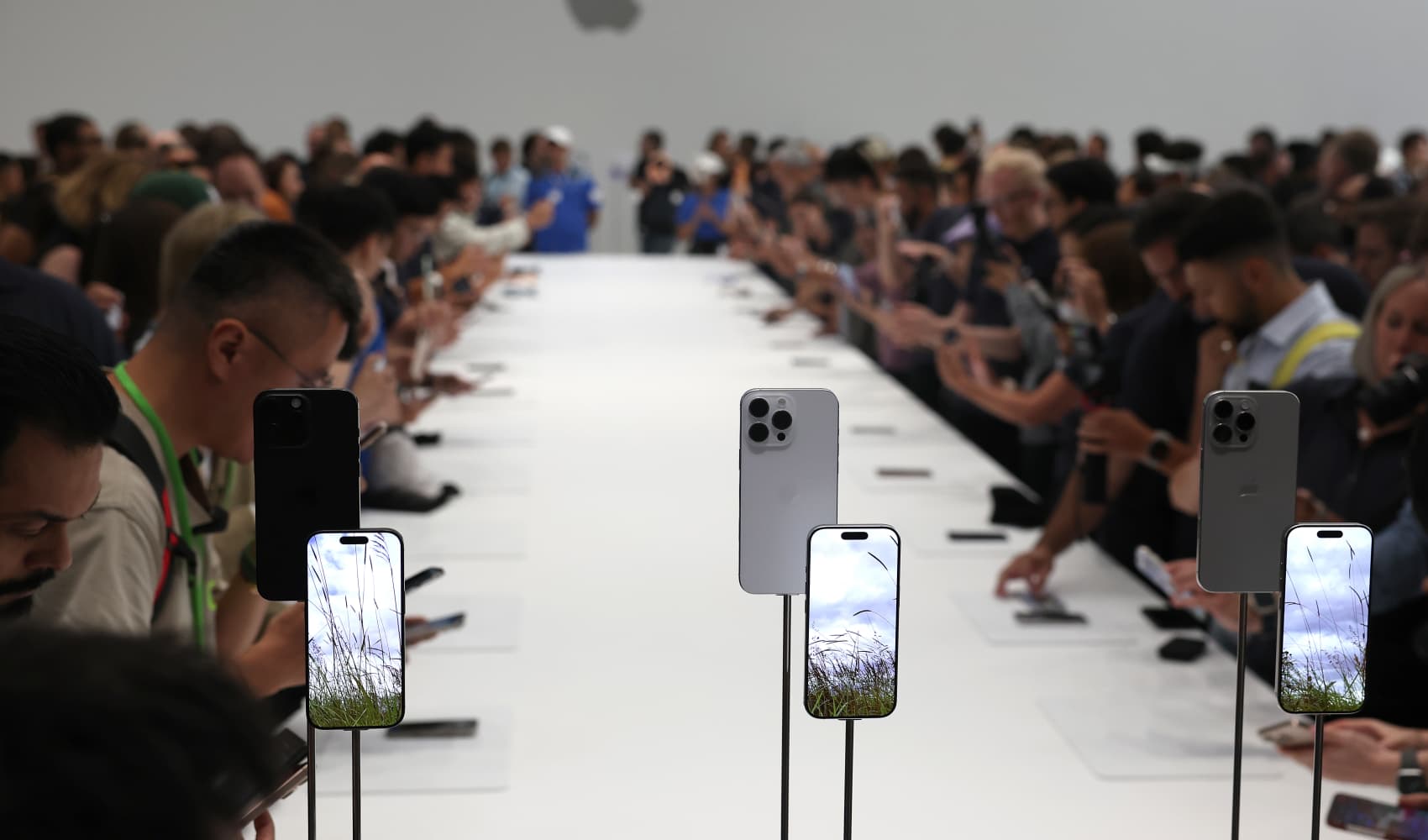
- A common thread among successful businesses is solid leadership, but what makes a good leader one year may be outdated the next.
- With artificial intelligence pushing the workplace to evolve at a more rapid pace, it's only natural that leadership, too, is getting a refresh.
- Systems are becoming more flexible, enabling humans to focus on their core jobs — and enabling leaders to focus on creativity to achieve organization-wide outcomes.

A common thread among successful businesses is solid leadership, but leadership is dynamic, and what makes a good leader one year may be an outdated notion the next. Historically, best practices for managing employees have been as simple as walking around an office and checking in, according to Christy Pambianchi, chief people officer at Intel, but she added, "Workplaces have been transformed."
With artificial intelligence pushing the workplace to evolve at a rapid pace, it's only natural that leadership, too, is getting a refresh.
Get top local stories in San Diego delivered to you every morning. Sign up for NBC San Diego's News Headlines newsletter.
One idea that's being studied within organizations as a potential difference maker is what leadership coaching organization BetterUp and Stanford Social Media Lab have dubbed AI pilots and AI passengers. The pilot mindset, according to the research conducted by BetterUp and Stanford across 10,000-plus workers in 18 industries, trickles down. Managers who are pilots are three times likelier to have reports who are themselves pilots. Pilots are AI drivers, and when present, workplaces are 3.6 times more productive and the workers three times more loyal to the business. But currently, AI pilots only account for 28% of the workplace. Their passenger counterparts are more passive in the workplace.
"The human-computer interface is getting dramatically more efficient," said Palantir global head of commercial business Ted Mabrey. "A huge part of what we see everyday workers' jobs doing is essentially fighting the rigidity of the software systems that they use to do their job, and then doing a huge amount of manual work."
Now, systems are becoming more flexible, enabling humans to focus on their core jobs — and enabling leaders to focus on creativity to achieve organization-wide outcomes. Mabrey says management systems of the past are often designed to hold people accountable for executing repetitive tasks and managing quality control. Now, he said, "it starts to become increasingly a management of, how fast are we thinking about new ways to provide a better customer experience, to redesign the way that we operate?"
Money Report
Built-in AI coaching
Pambianchi says leaders are getting a helping hand with AI in the workplace. "Having a built-in coach for the manager can help give them insights about the team that they're managing and the activities that they've taken on," she said. Depending on the job, Pambianchi adds this could make leading teams a more individualized venture, but that's not necessarily consistent across all teams and is highly dependent on function.
Mabrey believes AI in the workplace is pushing leaders to become better versions of themselves. "We're starting to see AI emerge as a useful sparring partner for many of these leaders," he said.
As AI systems have gotten better, the ability of human players in games like Chess has also gotten better. Now, an AI coach generates more ideas. "Most of those would not necessarily be correct," Mabrey said. "But it does trigger novel thought."
Sathish Muthukrishnan, chief information, data and digital officer at Ally Financial, says it's up to leaders to ensure the people across their organization become AI literate. This gives employees and leaders alike the opportunity to operate with true domain expertise. "Being the domain expert that you are allows you to focus on bigger complicated problems to solve than the mundane day-to-day job," Muthukrishnan said.
Nearly a third (27.9%) of team leads are either requiring or encouraging their team members to use AI tools, according to recent findings from Zero to Mastery. That's still far from a majority, but it's a substantial start — and it lines up with the BetterUp data, giving each more credence.
With AI in the workplace, expectations of leaders may involve more adventurous technological choices, but the core expectations remain the same, experts say. "Empathy, support, connectivity, psychological safety, commitment to the enterprise — those are all things that I think only a manager and leader can help create, and co-workers can create for each other," Pambianchi said.
With continual evolution of technology, and subsequently the need for continual learning, Muthukrishnan said leaders must also "understand how certain roles will evolve in the future and guide that workforce to adapt to a place where you will require their skill set."
Some recent research has concluded that senior workers gain less from AI than their junior colleagues because their work is less task-based. However, that doesn't mean leaders can't lean on AI. For example, Intel updated its job architecture so all employees can go to their career database, view their development plans and self-nominate for roles. On the flip side, when managers give feedback to their staff about performance, development plans and overall career trajectory, AI embedded in the system can help managers to guide their workers in the right direction.
For leaders, Pambianchi says just because technology is capable of doing something doesn't mean it should. Amid continuous improvement, she says, "The role of leaders to have values and ethics applied to the use of AI is going to be important."






